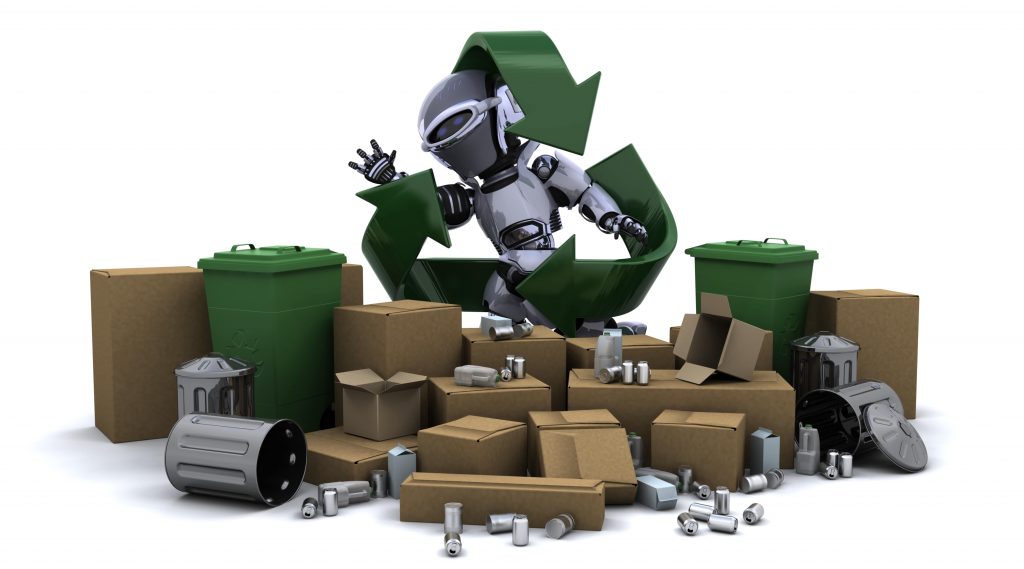
In a major stride toward sustainable technology and resource autonomy, researchers in Europe have developed a groundbreaking method to recover rare-earth elements (REEs) from electronic waste with unprecedented efficiency.
Rare-earth elements are critical components in modern technologies — from wind turbines and electric vehicles to hard drives and mobile devices. Despite their importance, less than 1 % of these materials are currently recycled, because conventional extraction from e-waste is costly, complex and energy-intensive.
The new method, developed by a team led at ETH Zurich, uses a specially-designed extractant that alters the solubility properties of key REEs such as europium, allowing the precise separation of valuable materials from old electronics like fluorescent lamps and discarded devices. The innovation significantly reduces chemical and energy inputs compared to traditional recycling processes.
This development arrives at a strategic moment. The Critical Raw Materials Act, adopted by the European Union, sets ambitious targets through 2030: mining 10% of the bloc’s needs domestically, processing 40%, and recycling 25%. The new recycling technique represents a practical step toward meeting the recycling component — helping reduce Europe’s dependence on external supply chains that are heavily concentrated in Asia.
For regional development and tech-ecosystem actors, the implications are significant. First: this opens opportunities for new circular-economy business models and regional investment in e-waste recycling infrastructure. Second: it presents a chance to build local industry around material recovery, manufacturing, and high-value recycling jobs — aligning with both ecosystem growth and sustainability goals. Third: it strengthens resilience and technological sovereignty — increasingly vital as clean-energy and defence industries expand.
In our region, this means we can explore partnerships with research institutions, waste-management firms, and industrial players to harness this emerging capability. By developing pilot projects, providing training pathways, and mobilising local innovation, we can position our region as a contributor to the next-generation materials economy.




